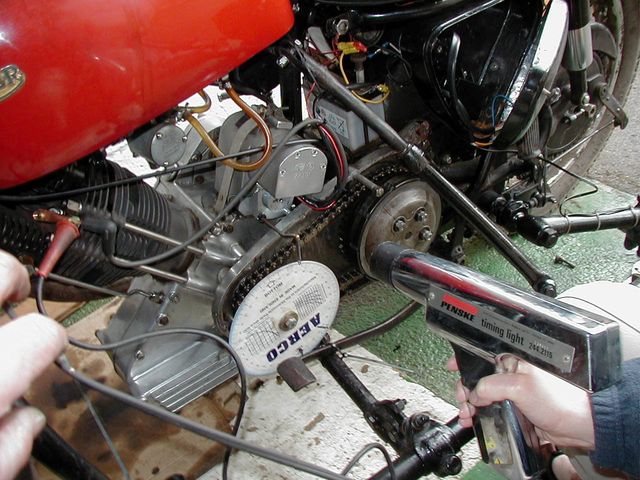
A radar or laser measures the displacement over time, and thereby indirectly captures horizontal forces and the sprint mechanical properties as a field-based method (Buchheit et al., 2014 Marcote-Pequeño et al., 2019 Edwards et al., 2020). Yet, all of these studies did not compare their model directly with the gold standard of force plates, or radar and laser technology. It was observed that as the distance between the start and initiation of the timing gate decreased the correction time decreased (0.5 vs.

These differences in time correction were based on different start methods, such as from a standing start or a starting block (Haugen et al., 2012), and the distance from initiating the start of timing gate of 0.05 m (Vescovi and Jovanović, 2021) vs. One of +0.5 s has been recommended (Haugen et al., 2019, 2020b), but also +0.3 (Vescovi and Jovanović, 2021), +0.27 (Haugen et al., 2012), and +0.25 s (Vescovi and Jovanović, 2021) were suggested as corrections.

In order to minimize this, several studies have recommended different time corrections. This results in an overestimation of several parameters, such as force (F 0) and velocity (v 0) as shown by Vescovi and Jovanović ( 2021). However, when using timing gates, one major limitation is the lag in time between the first instance of force production and when the gates are triggered, which happens at the beginning of the sprint. A much cheaper method is the use of several timing gates at different distances, in which the split times are used to indirectly calculate these sprint mechanical parameters as shown by Samozino et al. Due to these challenges with force plates this method is not much used in testing in team sports, especially not in sports with limited finances (Samozino et al., 2016 Morin et al., 2019). In order to measure the horizontal force, force plates are considered to be the gold standard, but the use of a force plate is both expensive and requires a lot of logistics like embedded in the track for good measurements. These outcome properties are then used to identify the weaknesses of the sprint performance, and address these weaknesses through training (Rakovic et al., 2018 Haugen et al., 2019). The key mechanical parameters include the theoretical maximal horizontal force (F 0), the theoretical maximal velocity (v 0), and the ratio between these two parameters (Morin et al., 2011, 2012 Rabita et al., 2015). The method is based upon an inverse dynamic approach applied to the body's center of mass during maximal overground sprint acceleration, using only anthropometric (body mass and height) and spatiotemporal data (step time and length). To describe this mechanical capability, a simple field method has been developed to compute power, force, and velocity outputs of sprint performance in athletes (Morin and Samozino, 2016 Samozino et al., 2016).

This ability to sprint has been related to the athlete's capacity to apply large amounts of force in the horizontal direction (high propulsive power). This applies to both track and field events and team sports like soccer, team handball, and American football. To sprint at high velocity, the athlete should be able to accelerate quickly, as well as being able to reach a high peak velocity. One of the key factors in many team sports is the individual athlete's capacity to sprint fast. It was concluded that a correction of +0.21 s should be used to get correct mechanical properties when measuring with timing gates compared with laser gun measurements on an indoor court. But when peak velocity was derived directly from the laser gun (Musclelab TM system) this was significantly higher than maximal velocity (v max), and lower than the theoretical maximal velocity (v 0) calculated with the spreadsheet. The main findings were that with a correction of +0.21 s (timing gates) the times and sprint mechanical properties calculated with the spreadsheet of Morin between timing gates and laser gun were not different. Thirty-four female team handball players (age: 17.0 ± 2.3 years, height: 1.70 ± 0.07 m, body mass: 66.7 ± 9.7 kg) performed three 30 m sprints in which the times were measured at 5, 10, 20 and 30 m with timing gates (accuracy 0.01 s) together with the distance over time by a laser gun.

The aim of the study was to compare sprint mechanical parameters measured with timing gates and a laser gun.


 0 kommentar(er)
0 kommentar(er)
